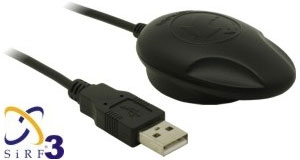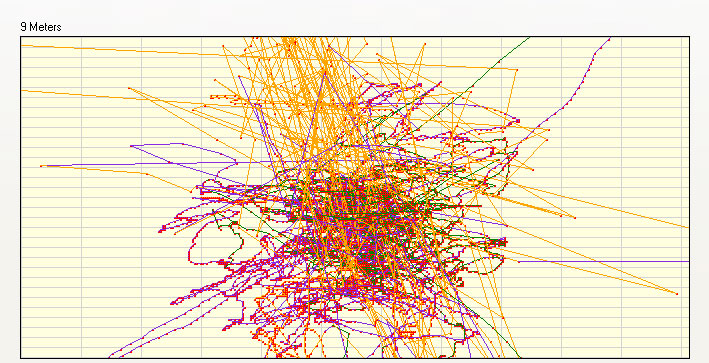
By Thomas Tingsted Mathiesen (tma@tma.dk)
I made this page because I have almost surfed my self to death trying to piece all the different information together - It's out there, but somewhat scattered all over.
My goal is to develop a VB.NET class library where all functionality conserning positioning, Datum conversion, Grid transformation and direct serial interface to an external USB/Serial GPS reciever.
My Linked-In profile
My company - Gaudio ApS
My FaceBook profile




